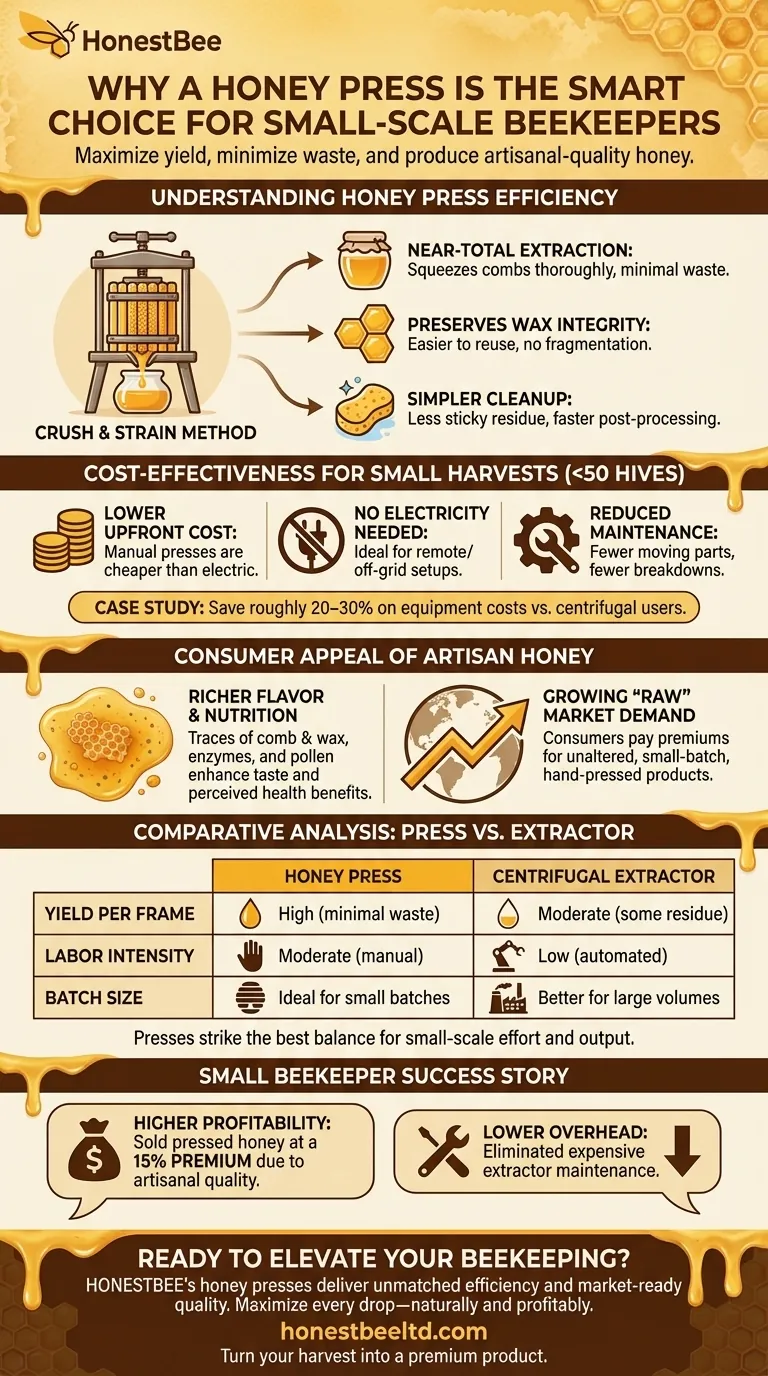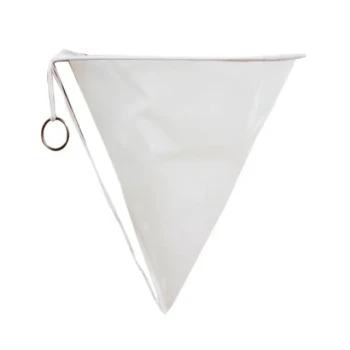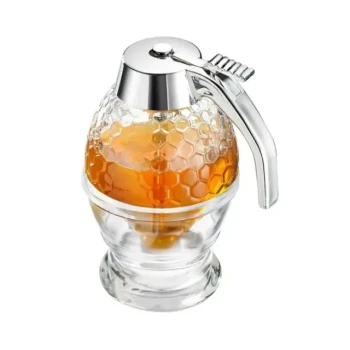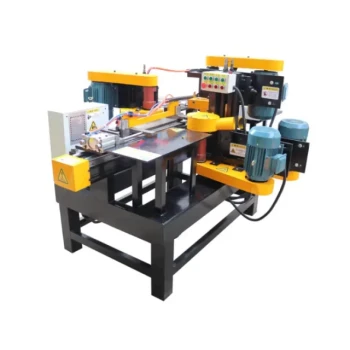For small-scale beekeepers, maximizing honey yield while minimizing waste and labor is crucial. Traditional centrifugal extractors, though efficient for large operations, often fall short for hobbyists and small apiaries. A honey press offers a superior alternative—delivering higher efficiency, better cost-effectiveness, and artisanal-quality honey that appeals to today’s consumers.
Understanding Honey Press Efficiency
How the Crush and Strain Method Minimizes Waste
Unlike centrifugal extractors, which can leave residual honey in combs, honey presses use mechanical pressure to extract nearly all available honey. Research shows that presses recover significantly more honey per frame, especially when processing smaller batches.
Key advantages:
- Near-total extraction: Squeezes combs thoroughly, leaving minimal waste.
- Preserves wax integrity: Unlike high-speed spinning, pressing doesn’t fragment wax, making it easier to reuse.
- Simpler cleanup: Less sticky residue means faster post-processing.
Cost-Effectiveness for Small Harvests
For beekeepers managing under 50 hives, a honey press is a cost-efficient investment:
- Lower upfront cost: Manual presses are far cheaper than electric extractors.
- No electricity needed: Ideal for remote locations or off-grid setups.
- Reduced maintenance: Fewer moving parts mean fewer breakdowns.
A case study of small-scale beekeepers revealed that those using presses saved roughly 20–30% on equipment costs compared to centrifugal extractor users, without sacrificing yield.
Consumer Appeal of Artisan Honey
The Role of Wax and Comb in Flavor and Nutrition
Pressed honey often retains traces of comb and wax, which many consumers associate with authenticity. Studies suggest these elements contribute to:
- Richer flavor profiles: Enzymes and pollen in raw comb enhance taste.
- Perceived health benefits: Buyers increasingly prefer unfiltered, "raw" honey for its purported nutritional value.
Market Demand for "Raw" Honey Products
The global raw honey market is growing steadily, with consumers willing to pay premiums for artisanal products. A honey press aligns perfectly with this trend by:
- Preserving natural qualities: No heat or high-speed processing means honey stays unaltered.
- Supporting storytelling: Beekeepers can market their honey as "small-batch" or "hand-pressed," boosting appeal.
Comparative Analysis of Extraction Methods
Honey Press vs. Centrifugal Extractors: Yield and Labor
| Factor | Honey Press | Centrifugal Extractor |
|---|---|---|
| Yield per frame | High (minimal waste) | Moderate (some residue) |
| Labor intensity | Moderate (manual) | Low (automated) |
| Batch size | Ideal for small batches | Better for large volumes |
For small-scale operations, presses strike the best balance between effort and output.
Case Study: Small Beekeeper Success with Minimal Investment
A hobbyist beekeeper with 20 hives reported:
- Higher profitability: Sold pressed honey at a 15% premium due to its artisanal quality.
- Lower overhead: Eliminated the need for expensive extractor maintenance.
Ready to Elevate Your Beekeeping?
For small-scale beekeepers and distributors, HONESTBEE’s honey presses deliver unmatched efficiency and market-ready honey quality. Whether you’re supplying local markets or scaling your hobby, our equipment helps you maximize every drop—naturally and profitably.
Explore HONESTBEE’s beekeeping solutions today and turn your harvest into a premium product.
Visual Guide

Related Products
- Easy Use Manual Stainless Steel Honey Press for Honey Comb
- Stainless Steel Manual Honey Press with Guard for Pressing Honey and Wax
- 10L Stainless Steel Electric Honey Press Machine
- Stainless Steel Honey Press Wax Press with Tank
- Electric Honey Press Machine for Squeezing Honey Comb Press Equipment
Related Articles
- The Last Drop: Maximizing Yield and Purity with a Stainless Steel Honey Press
- Beyond the Harvest: The Critical Discipline of Cleaning Your Honey Extractor
- How to Harvest Honey from Langstroth Hives Without Damaging Combs
- The Physics of a Perfect Harvest: Why the Honey Extractor Is a Marvel of Efficiency
- Ethical Honey Harvesting: Essential Tools and Techniques for Beekeepers




















